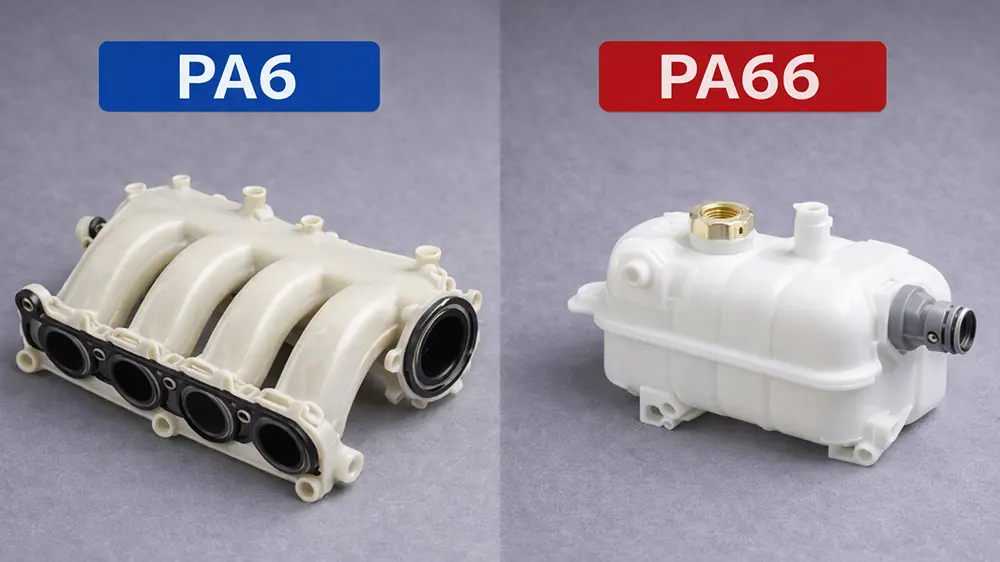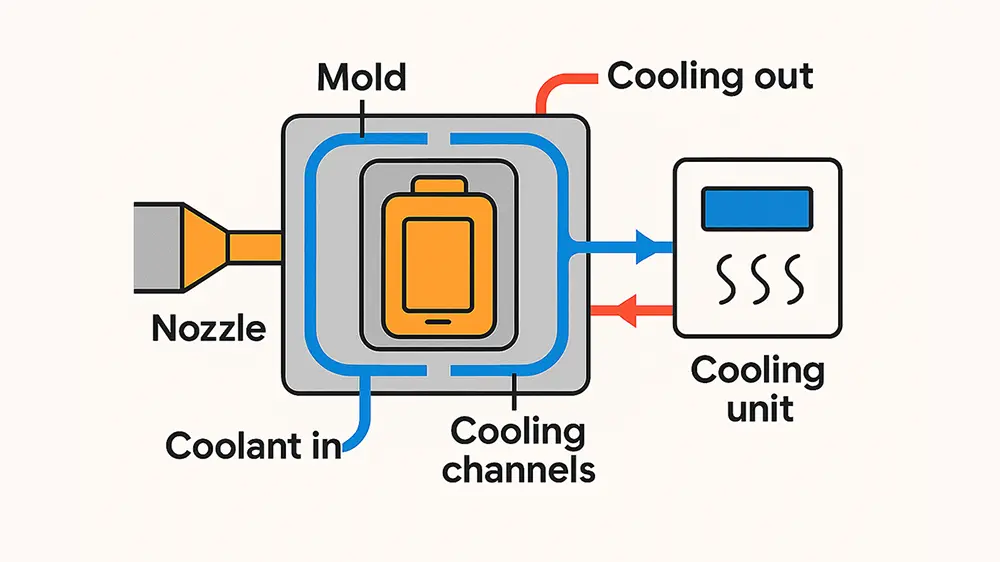When first heated to a certain temperature, the plastic can soften, flow, and undergo a chemical reaction. Once cured, the plastic will become hard. This characteristic is used to shape and process plastics and then solidify them into products of definite shape and size. This material is called thermosetting plastic.
The resin of thermosetting plastic is linear or with branched-chain, after curing, the chemical bond is formed between the molecular chains, forming a three-degree network structure, not only can’t remelt contact, also can’t dissolve in the solvent. Thermosetting plastics commonly used are phenolic, amino (melamine, urea-formaldehyde) polyester, polypropylene phthalate, and so on used for molding, extrusion, injection molding. Most plastics used in harsh environments are thermosetting.
What factors affect thermosetting plastics?
The shrinkage
Shrinkage is the dimensional shrinkage of plastic after it is removed from the mold and cooled to room temperature. Shrinkage is not only the thermal expansion and cold contraction of the resin itself but also related to various forming factors, so the shrinkage of plastic parts after forming should be called forming shrinkage.
Flow of movement
The ability of plastics to fill a cavity at a given temperature and pressure is called fluidity, which is an important process parameter that must be considered in mold design. Large fluidity easily leads to excessive overflow, uncompacted filling cavity, loose-plastic structure, difficult demolding and cleaning, premature hardening, and other disadvantages. But small fluidity is insufficient filling, not easy to form, forming pressure. So the choice of plastic fluidity must meet the requirements of plastic parts, forming process, and forming conditions. The casting system, parting surface, and feeding direction should be considered according to the flow performance. The fluidity of thermosetting plastics is usually expressed in terms of lasting fluidity (measured in millimeters). A large number of good liquidity, each kind of plastic is usually divided into three different levels of liquidity, for different plastic parts and forming process selection.
Specific volume and compression ratio
Specific volume is the volume per gram of plastic (measured as 3 centimeters per gram). The compressibility is the ratio of the volume or specific volume of the plastic powder to the plastic parts (the value is always greater than 1). They can be used to determine the size of the die loading chamber. The large value requires a large volume of the charging chamber, and at the same time, it indicates that the plastic powder is filled with more air, is difficult to exhaust, long forming cycle, and has low productivity. Small specific volume is more conducive to ingot pressing.
Moisture and volatile matter content
Plastics contain varying degrees of moisture and volatile matter content. Excessive moisture leads to increased fluidity, easy to overflow, long retention time, increased shrinkage, easy to produce corrugated, warping, and other defects, affecting the mechanical and electrical properties of plastic parts. But when the plastic is too dry will also lead to poor liquidity forming difficulties, so different plastic should be preheated according to the requirements of drying, for the plastic with strong hygroscopicity especially in the wet season even after preheating should prevent the clearing damp.
Hardening characteristics
In-mold design, for materials with fast hardening speed and short flow state, attention should be paid to convenient loading, loading, and unloading of inserts, and the selection of reasonable forming conditions and operations to avoid premature hard warping or insufficient hardening, leading to bad forming of plastic parts. The hardening speed is related to the type of plastic, the thickness of the wall, the shape of the plastic parts, and the temperature of the mold. Proper preheating should be maintained so that the plastic can give full play to the condition of maximum fluidity, as far as possible to improve the speed of its hardening, generally high preheating temperature, long time (within the allowable range) will speed up the hardening, especially the pressing billet by high frequency preheating the hardening speed is significantly accelerated. In addition, high forming temperature and long compression time will increase the hardening rate. Therefore, the hardening rate can be adjusted preheating or forming conditions to give appropriate control. Hardening speed should also be suitable for the requirements of farming methods, such as injection, extrusion molding should be required in the plasticization, filling chemical reaction is slow, slow hardening should maintain a long time flow state, but when full of the cavity in high temperature, high pressure should be rapid hardening.





